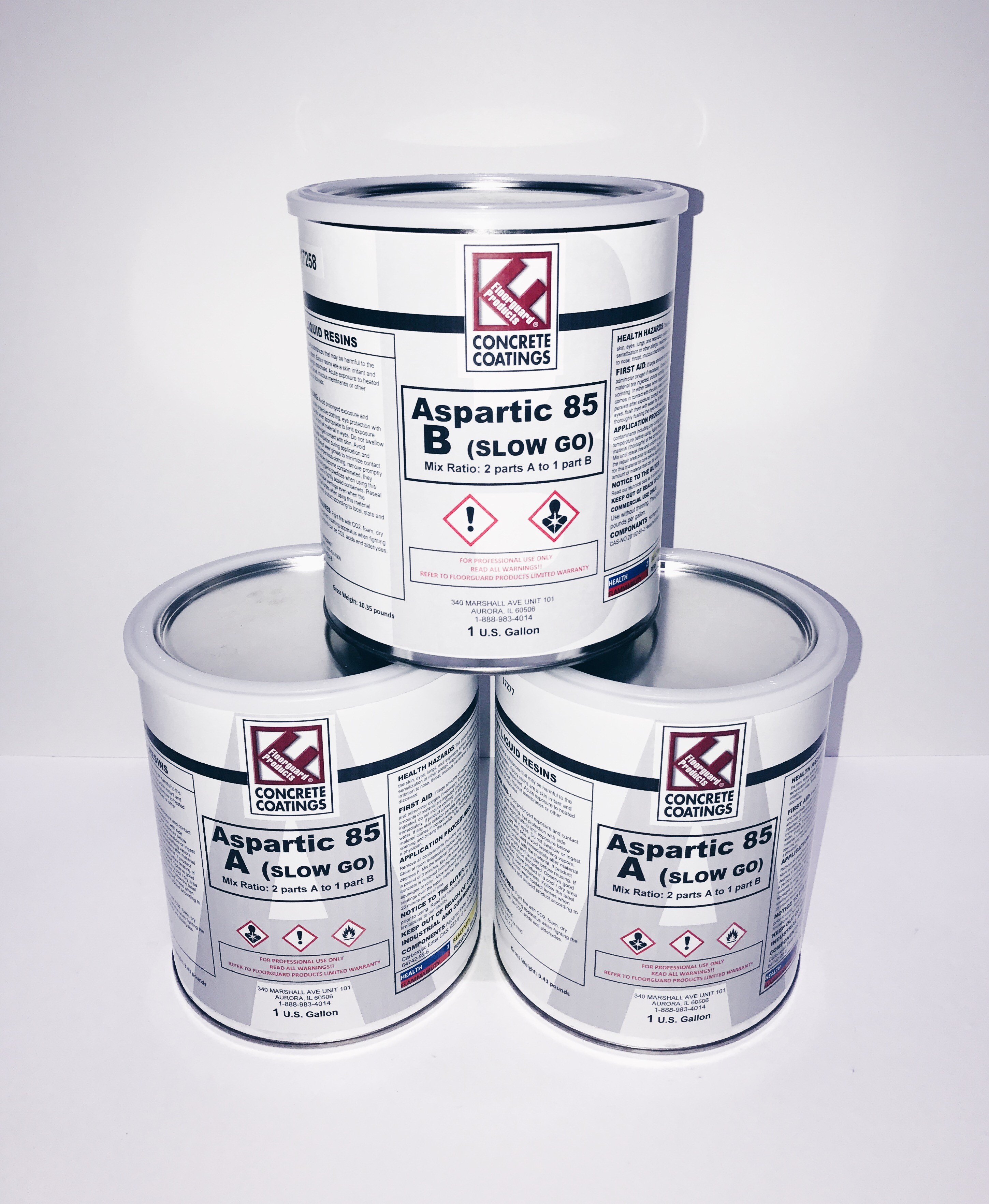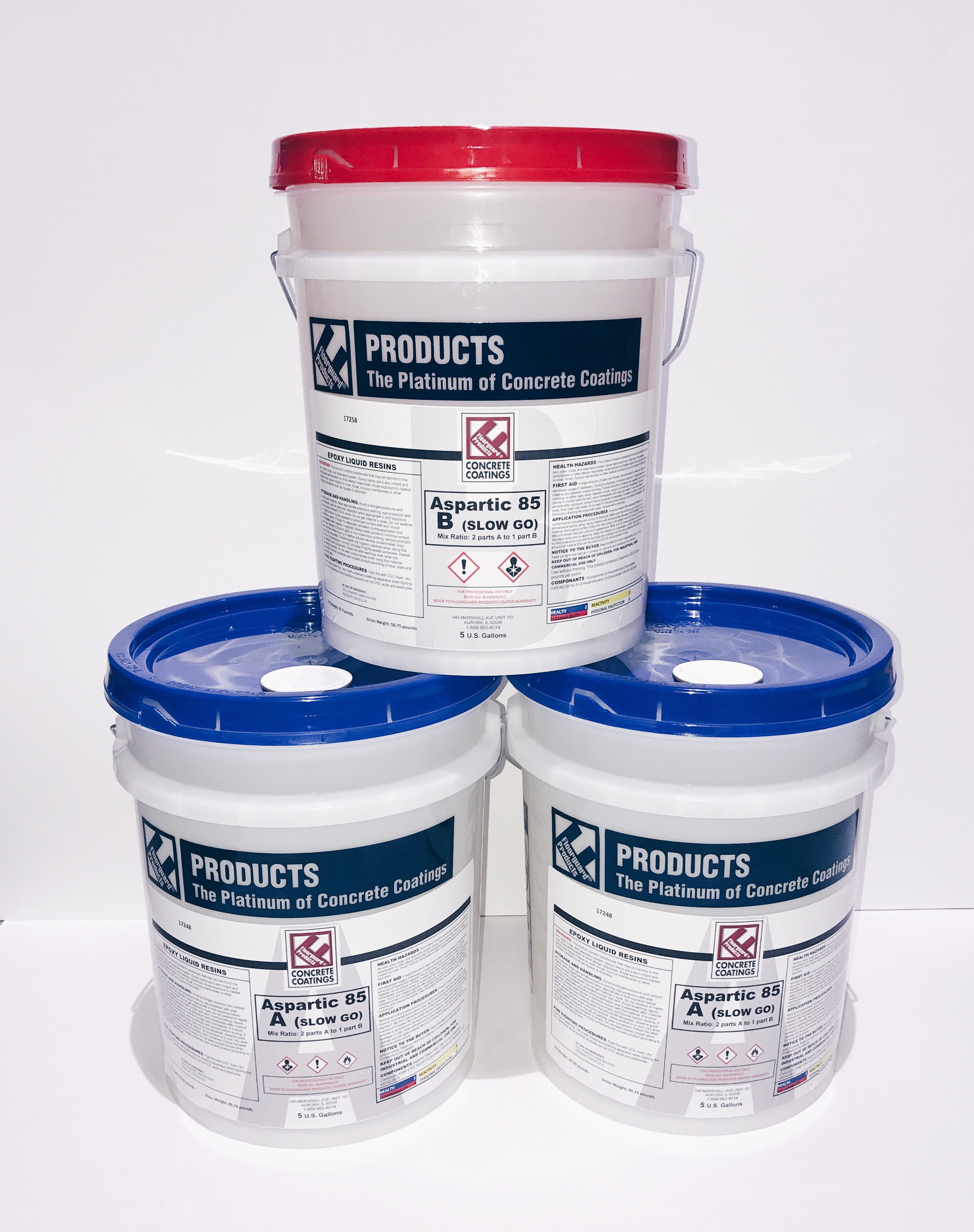Polyaspartics vs Polyureas- Don't Be Fooled!
May 22nd 2018
Non-yellowing, UV resistant, UV stable, polyaspartic, polyurea, aliphatic
These are words found commonly in the floor coating industry; however, are they being understand properly? I know you are busy running a company, so I’ll keep this short, sweet, and to the point.
DID YOU KNOW?
- “UV Resistant, non-yellowing” = it will eventually amber/yellow (ex: all epoxies, most polyurea’s)
- “UV stable, aliphatic” = it will NEVER amber/yellow (ex: most polyaspartics, urethanes)
- Most polyaspartics are aliphatic (UV stable)
- Most polyurea’s are not aliphatic (don’t make the mistake of thinking polyaspartics + polyurea’s are the same!!!)
I once saw another company’s tech data sheet one of my customers sent to me that described a product as a “Polyaspartic Aliphatic Polyurea” Wow, do they know how to word play!
This title contradicts itself because a product is either a polyaspartic or a polyurea. This resin product is not aliphatic (UV stable), it is a “UV resistant, non-yellowing” resin—AKA, it will eventually amber due to UV exposure. (Nice try!) Like we reviewed above, most polyurea’s are not UV stable and most polyaspartics are. Many resin company’s wordsmith their way through product descriptions to confuse people into thinking they are receiving a higher quality product than they actually are.
We are honest and direct here at Floorguard Products. Let me break it down for you...
If you are wanting a UV stable (aliphatic) topcoat for your flake or quartz floors, we recommend our Aspartic 85 Slow Go. This 85% solids polyaspartic gives you 60 minutes of working time and will NEVER amber due to sunlight exposure. And guess what? You only need ONE coat over full broadcast flake floors @ 130 sf per gal (system: Platinum Flake Plus)
 Sold in 3-gallon and 15-gallon kits
Sold in 3-gallon and 15-gallon kits 

